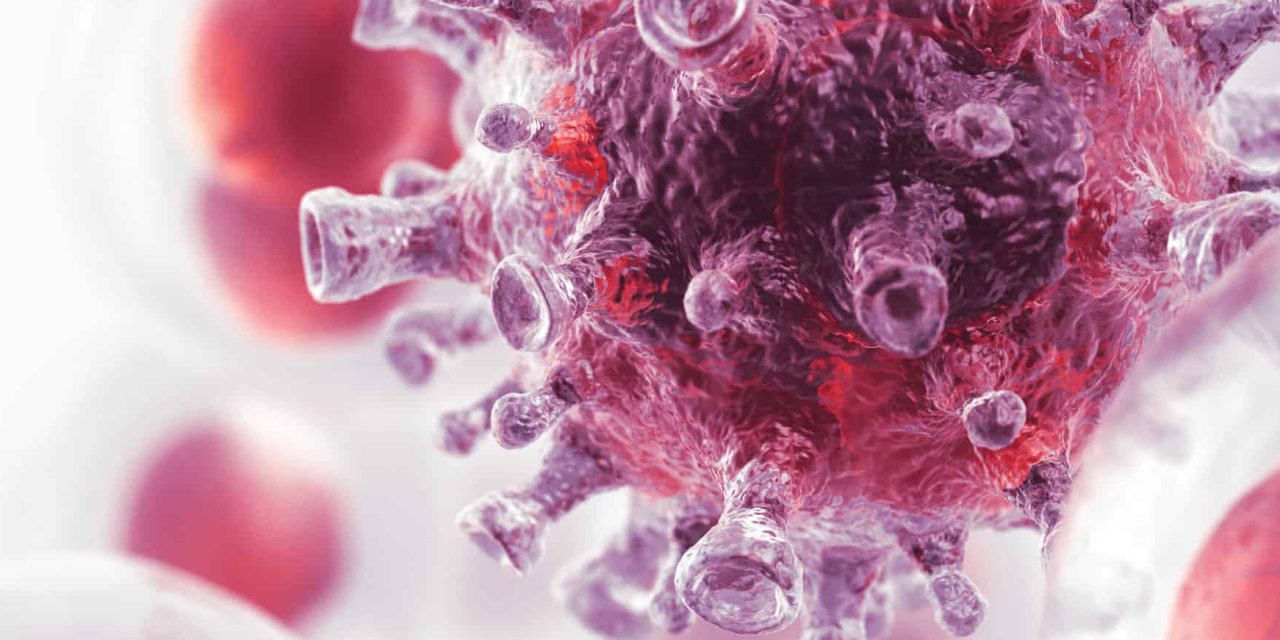Axonal variants of Guillain-Barré syndrome (GBS) mainly include acute motor axonal neuropathy, acute motor and sensory axonal neuropathy, and pharyngeal-cervical-brachial weakness. Molecular mimicry of human gangliosides by a pathogen’s lipooligosaccharides is a well-established mechanism for Campylobacter jejuni-associated GBS. New triggers of the axonal variants of GBS (axonal GBS), such as Zika virus, hepatitis viruses, intravenous administration of ganglioside, vaccination, and surgery, are being identified. However, the pathogenetic mechanisms of axonal GBS related to antecedent bacterial or viral infections other than Campylobacter jejuni remain unknown. Currently, autoantibody classification and serial electrophysiology are cardinal approaches to differentiate axonal GBS from the prototype of GBS, acute inflammatory demyelinating polyneuropathy. Newly developed technologies, including metabolite analysis, peripheral nerve ultrasound, and feature selection via artificial intelligence are facilitating more accurate diagnosis of axonal GBS. Nevertheless, some key issues, such as genetic susceptibilities, remain unanswered and moreover, current therapies bear limitations. Although several therapies have shown considerable benefits to experimental animals, randomized controlled trials are still needed to validate their efficacy.
Axonal variants of Guillain-Barré syndrome: an update.


